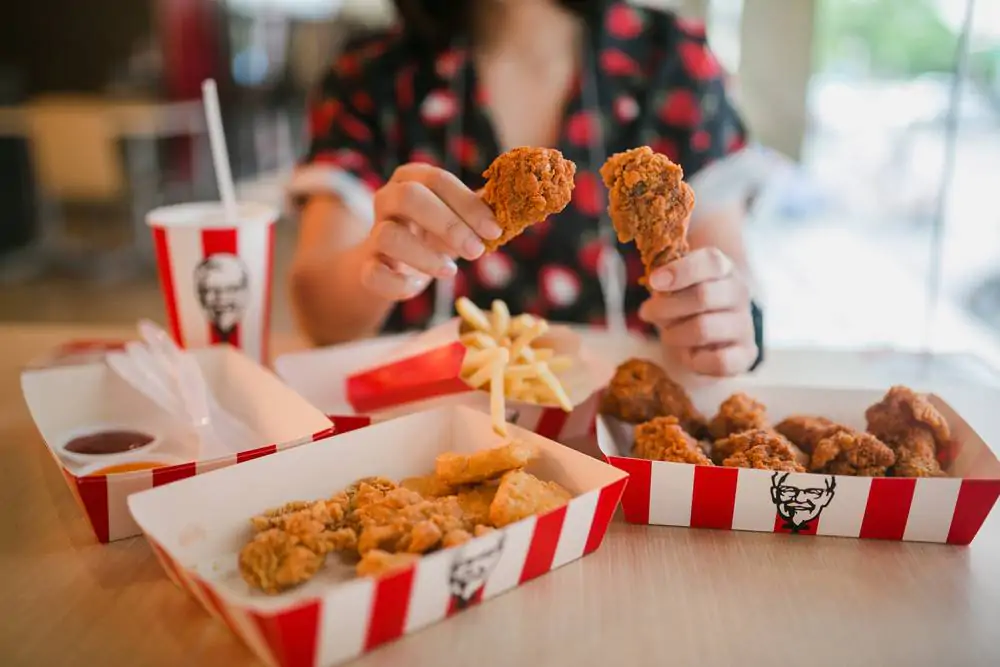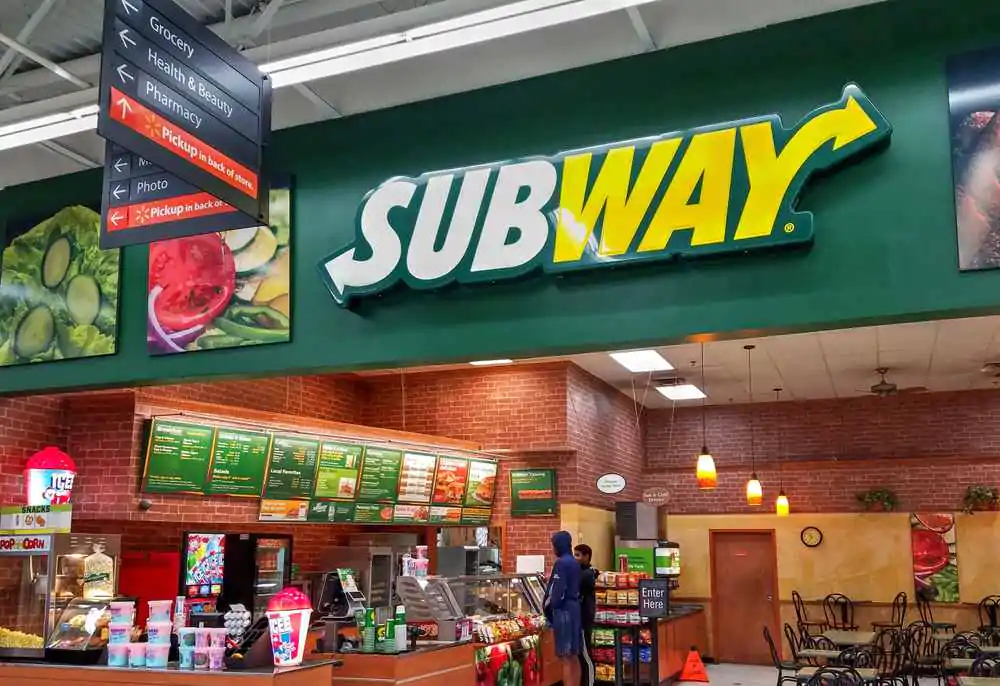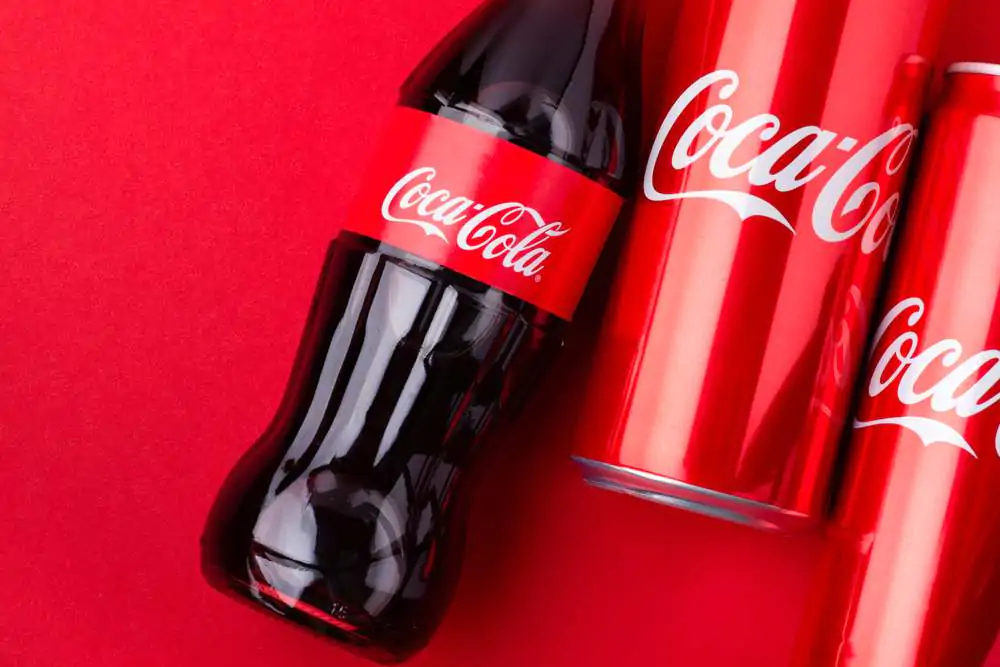Discover our guide on “What is a slogan?” Learn to write a slogan that makes people want to take action, buy a product or learn more about a company.
A slogan is a short catchphrase that defines a company or product and conveys the most important message a brand wants its customers to know. Any company that will draw in new customers can benefit from creating a catchy slogan. A slogan is a short phrase or sentence associated with a brand and its advertising efforts that consumers can easily remember. It creates a picture of what the brand sells, offers, and stands for. Slogans can show up anywhere advertising is placed, from commercials to billboards to social media campaigns.
While it might sound easy to create a slogan, this idea is quite complex. The advertising world does not have a template for creating a slogan because every slogan is unique to the business and its current needs and market demand. It can take companies many months to determine what advertising slogans will work best for their brand’s needs, then create a marketing campaign around their chosen slogan. Some of the best courses for copywriting can help you hone your craft to write a killer slogan!
Contents
Different Types of Slogans

While slogans are a reasonably simple idea, there is more than one type of slogan to consider as you are writing them. These are:
- Persuasive slogans: Persuasive slogans entice the person to make a purchase subtly. L’Oreal’s slogan, “Because you’re worth it.” makes the person feel they are worth spending time and energy on.
- Emotive slogans: These slogans are designed to create an emotional response in the reader. An example is Disneyland’s slogan, “Where dreams come true.”
- Business slogans: These slogans convey a business’s value to help with branding efforts and trust-building with clients. KFC’s slogan “Finger lickin’ good” is an example of this type of branding.
- Descriptive slogans: Descriptive slogans tell customers more about what the business offers. Walmart’s famous slogan, “Save money. Live better.” is an example of a descriptive slogan.
- Creative slogans: These slogans entertain and elicit a response from the customer. Bounty’s slogan, “The quicker picker upper,” is a play on words that makes customers chuckle, and it’s an excellent example of this type.
The Anatomy of an Effective Slogan
What makes a slogan effective? Specific qualifications make a slogan work; you’ll need to embrace these as you learn to write them.
- Easy to remember: The most important part of a slogan is its ability to get stuck in someone’s head. If it’s not memorable, it won’t do its job.
- Unique: The slogan must stand out from the competition and show people how your brand’s products or services are different and better.
- Simple: The slogan’s message needs to be simple and clear, so people are not confused about what you offer and why they should choose it.
- Approachable: Make the message friendly and fun, so people will want to remember them and your brand.
- Persuasive: Even if you’re not writing a persuasive slogan specifically, there should be something in the language that makes people want to make a change.
Tips for Writing Effective Slogans
If you are going to write a memorable slogan for a business, you are going to need to be creative. The most effective slogans are short and memorable phrases that are catchy. They may or may not have a tune or rhythm to them. Some tips will make it easier to create great slogans that will help people remember your brand.
1. Start with a Knowledge of the Brand
Before writing a slogan, you must know what makes the brand tick. If it is your small business, think through your values and vision. If you create slogans for a client’s business, get to know their vision and purposes. You want your slogan to fit with the value and vision of the business you’re promoting.
As you get to know the brand, ask yourself what makes it stand out. What is a differentiator between the brand and its competitors? This will help you pinpoint what will work in the catchy phrase you’re developing.
2. Consider Story Telling
Even though a slogan is short and sweet, it can still tell a story. Creating your slogan becomes challenging because you only have a few words. Whether you are telling the brand’s story or the customer’s story, weaving storytelling into descriptive slogans and the ad campaigns around them is a highly effective marketing technique.
3. Think Simple and Timeless
A slogan is rarely more than one sentence. Usually, it’s just a few words. Simplicity is key because simplicity is easy to remember. Also, simplicity involves using everyday words and phrases instead of complex, industry-specific jargon. You’ll also want to make the slogan timeless by avoiding slang or dated phrases.
With the time and effort it takes to create a good slogan, you don’t want to have to revisit it in just a few years to keep your brand’s identity relevant. As you think timeless, ensure the brand’s slogan can stand alone, even if not paired with the logo. For example, Nike’s “Just do it” is almost always paired with the signature swoosh logo, but people would know what brand is being discussed without the image.
4. Choose a Catchy Phrase
People need to repeat and remember your slogan. Thus, it must be catchy. Consider how easily the phrase rolls off the tongue when brainstorming potential slogans. In the world of slogan writing, the impact comes from being catchy and succinct at the same time. Sometimes brands pair a slogan with a jingle, a short piece of music, to make it even more memorable.
5. Be Faithful to Your Brand’s Identity
While getting caught up with studying your target audience and finding the perfect slogan can be easy, don’t forget about your brand’s identity. Remember, a slogan makes a first impression on your target customer, so you need it to match your brand’s overall values and goals. If your brand is sophisticated, your slogan shouldn’t be too humorous. If your brand is abstract, your slogan should be as well.
6. Stay Positive
Brand slogans need to be positive. When people see or hear the slogan, they should want to do business with your company or buy your product. They should be encouraged to think of happy experiences, not negative ones. There may be a place for negative messages in your advertising campaigns, but your slogan is not that place.
7. Pair it with a Logo
A slogan is not the same as a logo, but great slogans work well with the company’s logos. A logo is an image or graphic that conveys a company’s message. A slogan is a short word phrase or motto. They can be pretty effective together, but the slogan should stand independently without the logo and vice versa. Even if you aren’t going to pair your slogan with your logo, thinking about both of them is important. They should work well together in a design sense and not contradict each other in a branding sense.
What to Avoid in a Slogan
While there are parts of a slogan you must have for it to work, there are also parts you should avoid when writing a slogan. Make sure your slogan doesn’t include the following:
- Pricing: Since a slogan needs to be timeless, don’t include current pricing. If pricing is a part of your branding strategy, include it elsewhere.
- Negativity: Always keep your slogan positive so people associate your company name with positivity.
- Wordiness: A slogan is nothing more than a concise sentence if that. Keep it short and simple.
- Jargon: Jargon doesn’t reach your target audience well, so keep the wording simple.
Examples of Slogans and Why They Work
The best way to understand a slogan’s impact is to look at some of the best slogans of popular brands. You will find slogans everywhere in the marketing world, from fast-food franchises to makeup brands. Here are some of the most effective.
McDonald’s
McDonald’s has been using the slogan “I’m lovin’ it” since 2003. If you caught someone on the street and said the ba-da-ba-ba-baaa tune from a McDonald’s commercial, they would likely reflexively answer,” I’m lovin’ it.” McDonald’s developed the catchphrase when they were struggling with poor stock performances. They challenged 14 ad agencies to pitch new campaigns, and “I’m lovin’ it” was the winner. The simple melody paired with the simple phrase worked. It’s still being used today, and people think of the Golden Arches whenever they hear that phrase.
Subway

Subway’s iconic slogan, “Eat Fresh,” is as simple as they come. This two-word phrase aired with images of fresh produce makes people think eating at Subway is automatically a better, healthier choice. This famous slogan has become part of Subway’s culture, and people automatically fill in “eat fresh” when they hear the company’s name.
Geico
Geico has one of the longer slogans on this list, but it is memorable and has worked well. Their slogan, “15 minutes can save you 15 percent or more on car insurance,” automatically brings to mind their gecko character and the car insurance brand. The slogan came to be in the 1990s to make instant increases in sales, and it has worked well. The Geico Gecko even has a humorous commercial outlining the phrase’s history.
Nike
Another famous, timeless slogan is Nike’s “Just Do It.” This slogan, paired with the signature swoosh logo, is an emotive slogan that encourages people to reach for their goals, typically in athletics. This has been one of the most successful company slogans of all time, and it will forever remain connected to the Nike brand name. Nike has been using the slogan since 1988, the same year they launched three of their biggest-selling shoes; the rest is advertising history.
Apple
In 1997, Apple released a new ad campaign with the simple slogan, “Think Different.” This slogan was connected to an ad highlighting the personalities of people who thought differently throughout history. It featured clips of famous historical figures like Martin Luther King Jr., Amelia Earhart, Jim Henson, and others who changed the world. It ended with the Apple logo, implying that Steve Jobs and his brand were also thinking differently and changing the world.
De Beers
You might not be familiar with De Beers, but you are probably familiar with their most famous slogan, “A diamond is forever.” A young advertising copywriter chose this phase to market the luxury jewelry brand and its signature diamonds. The phrase was so effective that it sold the company’s products and changed the jewelry industry so that more people thought diamond rings were the only option for engagements.
Maybelline
Maybelline, the famous makeup brand, used the slogan, “Maybe she’s born with it, Maybe it’s Maybelline,” for the first time in the 1990s, and today it is considered one of the most recognizable slogans of the past 150 years. The phrase was a play on the words of the brand’s name, using “maybe” to tie in with “Maybelline.” It was paired with a jingle that people today still sing.
Lay’s
Lay’s potato chip brand has had the slogan ‘Betcha can’t eat just one” for many years. This is a persuasive slogan because it makes viewers want to eat potato chips. It also has the potential to increase the number of potato chips consumers eat, which, in turn, can increase sales figures. This slogan has stood the test of time, as the company introduced it in 1963, and it still shows up in modern advertisements for the popular snack.
M&Ms
M&Ms introduced the slogan “Melts in your mouth, not in your hand” early in its history. It was the first slogan for the company, launched in 1954. It still works today, and chocolate candy is the top-selling chocolate in the United States, bringing in $407 million in annual revenue each year. It’s also considered one of the most-liked advertising slogans today.
Coca-Cola

Over the years, Coca-Cola has had 62 different slogans. Many, including ‘Can’t beat the real thing,” “Always the real thing,” “Coca-cola, real,” and “Make it real,” has focused on the idea of it being the “real” cola option. The most recent slogan, “Taste the Feeling,” is an excellent example of a persuasive slogan because it invites the reader or viewer to “taste” the beverage. It hit the market in 2016 after a long run of “Open Happiness” as the slogan.
Looking for more? Check out our round-up of the best copywriting books!